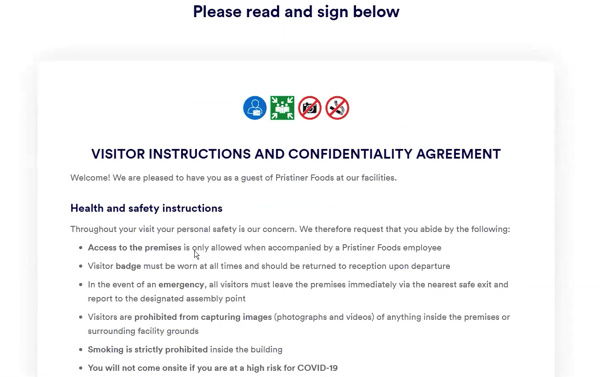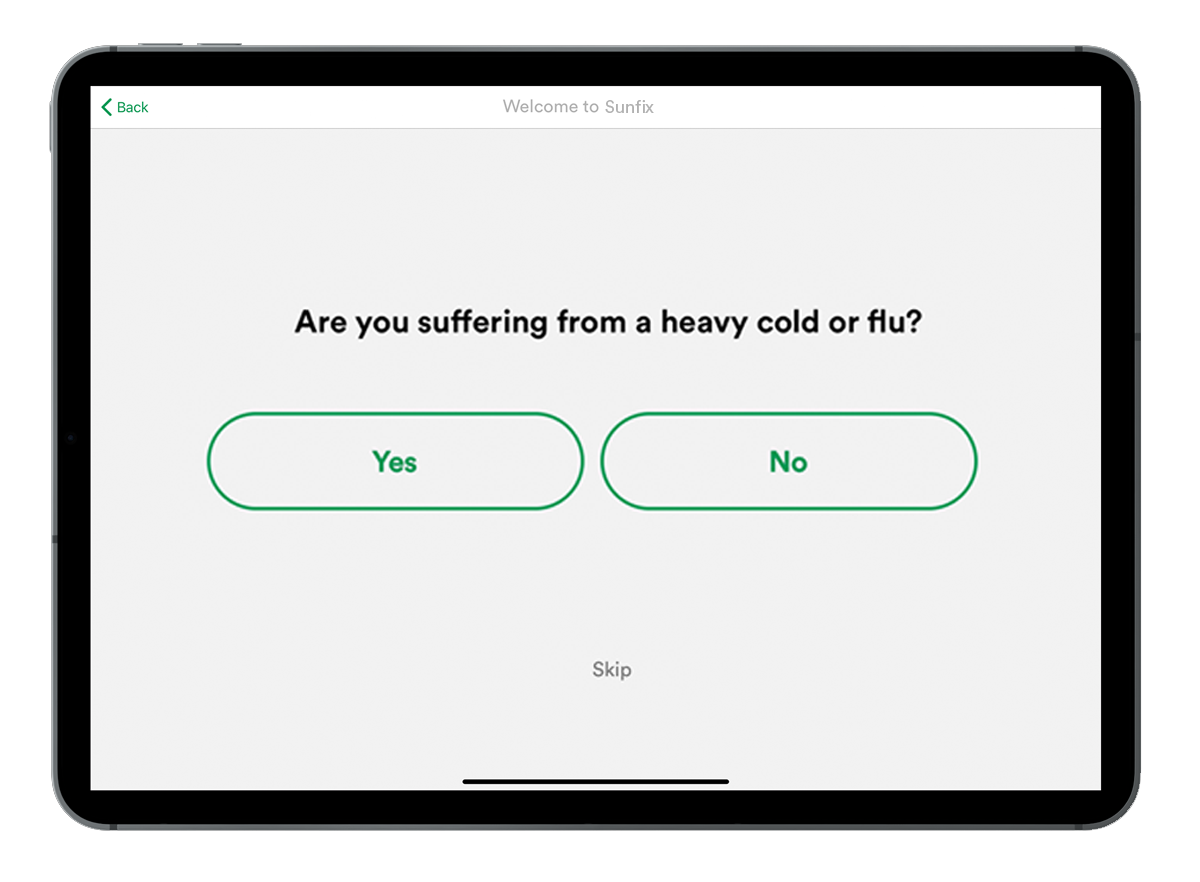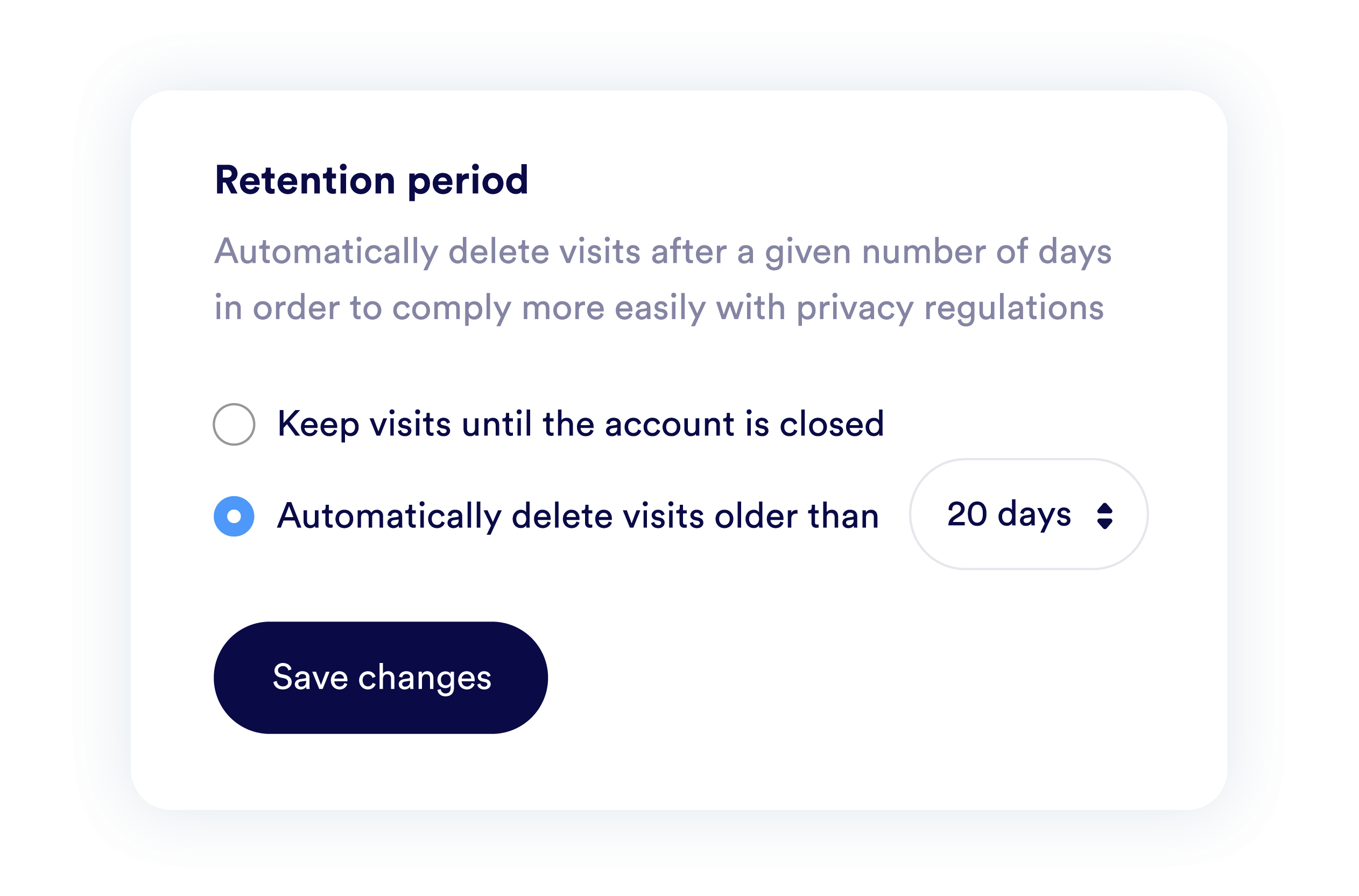11 best practices for a workplace crisis communication plan

If there’s one thing we’ve all learned during the last few months, it’s that an unexpected crisis can happen at any given time.
As businesses and as people, we could very well get entirely thrown off from our everyday activities, forced to put our back up plans (if any) into full effect.
More specifically, we could be faced with a business crisis, which occurs when an unexpected problem puts a business at risk. This crisis destabilizes the company and, if left unaddressed, potentially forces it to close its doors for good.
Types of business crises
Before we get into planning for crises, let’s take a look at the various types that can occur in the workplace. Key types of business crises include:
- Natural crises are typically out of our control. Examples include a virus outbreak like COVID-19, a hurricane, an earthquake, or a flood.
- Financial crises occur when a business loses value in its assets and can’t pay off its debt.
- Technological crises can happen when technology on which a business relies, such as as servers for an e-commerce company, crashes or dies.
- Organizational crises occur when a company has taken advantage of or wronged its customers in some way.
- Personnel crises take place after an employee or someone who is associated with the business commits unethical or illegal misconduct which reflects back on company reputation.
Each type of business crisis will call for specific methods of handling the situation. Sometimes one type of crisis can even lead to another; for example, the COVID-19 natural crisis could lead to a sudden or eventual financial crisis within the company.
As we are in the midst of this global virus outbreak, we’ll focus specifically on handling global health crises in the workplace.
Crisis communication as part of business continuity
While we cannot plan for everything, we can put forth procedures to help us continue business as usual in case a crisis should occur.
Business continuity plans (BCP) are procedures and guidelines a company needs to follow to continue delivering services when faced with a major disruption. These are meant to protect an organization’s assets, people, and data during and after the crisis.
During a global health crisis, one crucial part of a BCP is maintaining workplace safety. How does an organization keep its employees, customers, visitors, and others on the premises safe?
To start, it’s important for leadership to put a crisis communication plan in place to properly inform employees, customers, visitors, and anyone else associated with the business of the crisis. According to the European Center for Disease Control and Prevention (ECDC):
“Crisis communication is a reactive communication effort in the face of an unforeseen event. It is often unpredictable and unexpected, develops suddenly, takes an uncontrolled course and evokes uncontrollable reactions.” - European Center for Disease Control and Prevention
Here are some best practices for communicating an unexpected health crisis like COVID-19, both externally and internally within an organization.
11 best practices for communicating a health crisis in the workplace
1. Have a crisis communication plan in place beforehand, and react quickly.
Don't wait for a disaster to strike before deciding when and how to communicate to your employees, customers, visitors, and other stakeholders. Determine the media you'll use to get your message across (mass email, internal messaging platform, social media, etc.) and align on when and how this will be done.
As recommended by the ECDC, be open and honest in your communication, and do not allow for delayed reaction.
2. Consider any potential harmful effects of your communication.
Remember that while keeping people informed in the workplace can be beneficial, it can also be harmful to some individuals. For example, individuals of a certain race or cultural background may be more affected by news of a crisis than others.
Before communicating a crisis, leadership should ask themselves:
- Is the information we’re providing accurate?
- Can the information provide harm to certain individuals?
- Are the possible harmful effects proportional (are they stigmatizing for some groups and not for others)?
3. Create a response resource list.
Make a comprehensive list of contacts for specific situations, such as health authorities to seek out during a global health crisis. Include phone numbers, email addresses, and work schedules of all contacts.Distribute a list of company personnel to be contacted in case of emergency in the workplace, and make sure all employee directory information is updated.
A copy of this response resource list should be securely stored off-site as well, in a location accessible to key personnel.
4. Make sure all employees understand the role they play from the start.
Employees should be reminded not to spread baseless rumors during a crisis, respect the organization (and maintain workplace decorum), try not to panic, work together as a single unit, and treat everyone equally and with respect.
5. Educate employees on what exactly they need to do to keep themselves and others safe.
To ensure employees are well informed before and during a crisis, the following should be done as part of a crisis communication plan:
- Make sure your organization’s crisis response plan is distributed to all employees. Include important phone numbers like distress hotlines.
- Key phone numbers should also be made available in common areas for easy access during a crisis, like employee restrooms.
- Remind employees of where basic medical supplies or fire extinguishers are located, and how to use them.
- Communicate to employees that they should not intervene in crisis response if they put themselves at risk in any way.
6. Share health guidelines and procedures recommended by local or national health authorities.
During a global health crisis like COVID-19, stick what the professionals are recommending. The US Centers for Disease Control and Prevention (CDC), for example, recommends the following for all individuals to help control the spread of the virus:
- Clean your hands often
- Avoid close contact with others
- Cover your mouth and nose with a face cloth when around others
- Cover sneezes and coughs
- Clean and disinfect all frequently touched surfaces
7. Send agreements to visitors in advance, and properly inform their hosts of potential risks.
A solid crisis communication plan will also consider your visitors, not just your employees. Using a cloud-based visitor management system, make sure the hosts of any necessary visitors know to send them health information and NDAs to review or sign in advance.
8. Get visitors' contact information if follow-up communication is needed during the crisis.
If a necessary visitor arrives on the premises during a crisis, make sure that front desk staff know to record their email and phone number in your organization's visitor management system.
During the COVID-19 crisis specifically, if you learn that a visitor was potentially exposed to the virus days or weeks after their visit, you can send them a text message or email to inform them discreetly. In Proxyclick, you can easily export visitor data from the past to access their contact information.
9. Prep your visitor management system with key questions to ask during a crisis.
During health crises like COVID-19, make sure front desk staff or your health and safety team understand how to set up a custom flow of key questions in your visitor management system.
Then, you can quickly vet and grant or deny access to anyone who enters your building during the crisis. Questions that lead to denial of building access may help to reduce the risk of the spread of the virus, keeping all those in the workplace safe.

10. Respect individuals' health data privacy rights.
If you need to ask employees or visitors personal questions as part of your crisis communication plan, adhere to regulations for data privacy in your given country or region. If you ask visitors' for sensitive information to help mitigate risks during a crisis, you can set your visitor management system to automatically delete data after a given amount of days. This may help your organization abide by personal data storage laws.

To better understand the types of questions that can be asked per the EU's GDPR regulations during COVID-19, see our health data privacy guide here.
11. Send regular updates to everyone involved. Don't allow for information chaos.
As the crisis unfolds, make sure to continue to update employees, visitors, stakeholders, and customers via your medium of choice. Maintain full transparency to minimize the spread of misinformation, which could create information chaos across the workplace.Summing it all up
Before an unexpected event threatens to disrupt your business, it's important to establish and have at hand a solid crisis communication plan.Ensure that everyone on your premises is safe by regularly delivering timely, accurate, and transparent information. Make sure everyone involved understands their roles during the crisis, and know who to contact (internally and externally) in case of emergency.
For more information on strategies to tackle health crises in the workplace, visit our COVID-19 resource center.


